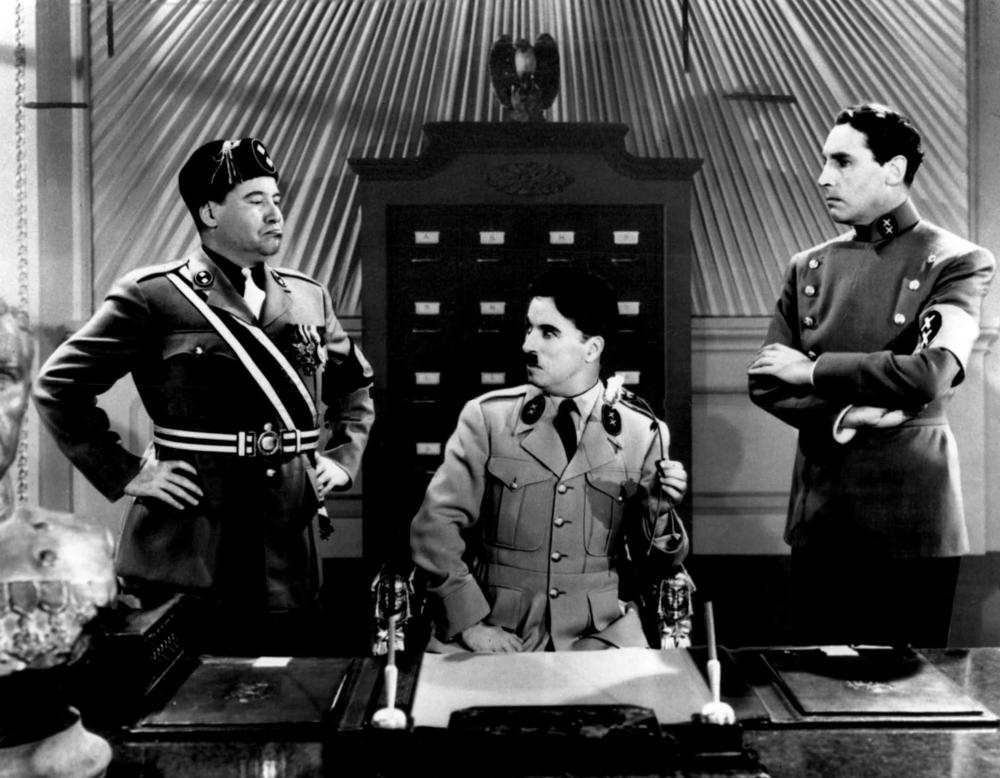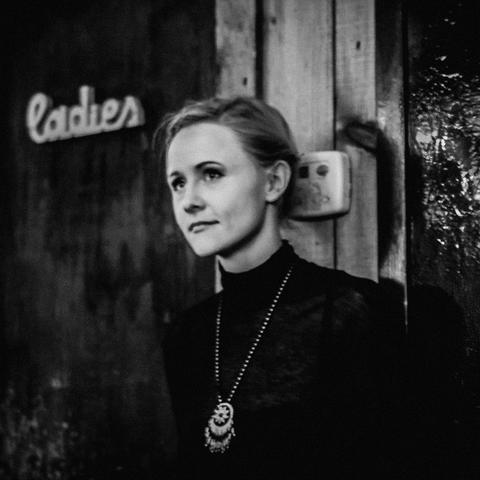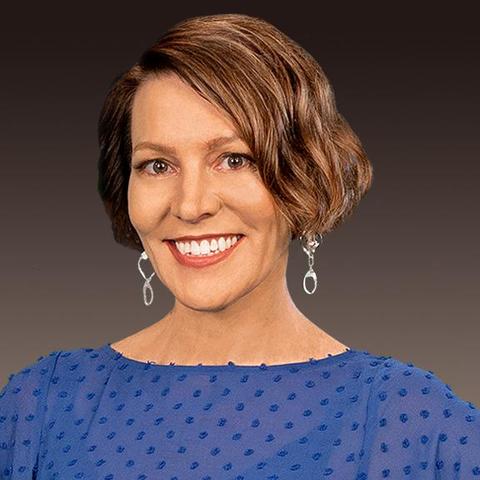Section Branding
Header Content
How Hollywood Tackled Fascism In Film To Build American Support For WWII
Primary Content
Hollywood's Golden Age and the rise of fascism in Europe were happening at the same time, a world apart. Those worlds collided when Hollywood decided to tackle fascism in film.
The United States Holocaust Memorial Museum in Washington D.C. opened the exhibit Americans and the Holocaust last year. Now, a traveling event focuses on how depictions of the Nazi agenda influenced American audiences, and why we fought. The event, called What Were We Watching? Americans Response to Nazism Through Cinema, Radio and Media, takes place Tuesday night at the National Center for Civil and Human Rights.
On Second Thought host Virginia Prescott speaks with Daniel Greene and Michèle Taylor.
Daniel Greene, historian and curator for the Americans and the Holocaust exhibit, joined On Second Thought to talk about the history of American perspectives on World War II, and how Hollywood and media helped to shape that. Michèle Taylor, a board member at the National Center for Civil and Human Rights, also joined the conversation.
Interview Highlights
On bringing the exhibit to Atlanta
Taylor: I think, first of all, that the Center for Civil and Human Rights is the perfect venue to bring something like this. Atlanta has this unique history of being the birthplace of the civil rights movement, and a lot of the point of continuing to tell stories of the Holocaust is to inspire people to think about what lessons they can bring forward. We have this misconception, I think, that Americans really didn't know anything about what was happening during the Holocaust until the pictures of the liberation of Auschwitz came out. And it's just patently not true. So, through this exhibit at the museum now in D.C. and this traveling conversation we are able to educate people about what people knew and what the response was and wasn't based on that information.
On German refugees attempting to immigrate to the U.S. during World War II
Greene: We live in the 1930s under an immigration quota system that allows a very limited number of immigration visas to be issued each year. But one of the key things that we teach in this exhibition is that even under these restrictive immigration quotas the United States in most years, between 1933 and 1945, comes nowhere close to even issuing the number of visas that it could have under this restrictive law.
So it under issues visas and about 200,000 more visas could have been issued during the Nazi period to Jews living in Germany and Jews living under Nazism. Issuing those visas certainly wouldn't have stopped or prevented the Holocaust, but we could have let in at least another two hundred thousand refugees during this period and we don't because of deep anti-Semitism at home. And then all the concern surrounding the Great Depression, the idea that the rhetoric of “those immigrants are going to take our jobs” is very present in the 1930s.
Taylor: There was also a sentiment that perhaps some of these refugees were Nazis in disguise. And so, there was a lot of anti-Semitism masked in fear mongering at the time, which I think is a theme that we also see today.
On the history of concentration camps and the American public’s knowledge
Greene: Well, you need to make a distinction between concentration camps and death camps. Concentration camps were set up as early as 1933 by the Nazis. Dachau was set up in the spring of 1933 and was well reported in the American press as a place that Nazis are sending communists and political opponents. Death camps, Auschwitz and others, are set up — the first, Chełmno in late 1941, actually just around the time of Pearl Harbor. By 1942, many death camps are fully operational. Americans learn about this through newspapers and radio by November of 1942. This is public information in America. The news is out there. It doesn't mean just like today. It doesn't mean that all Americans are paying attention to that news or fully understand it or fully believe it.
On how Hollywood addressed the subject of Nazis and anti-Semitism at the time
Greene: Hollywood of course shapes public perception then as it as it does now of the world. Chaplin makes that film, "The Great Dictator," independently from the studio system. So, he directly references persecution of Jews. Whereas many other popular films at the time which are deeply anti-Nazi don't reference Jews. Think about maybe the most famous film of the 20th century, "Casablanca," which wins Best Picture at the Oscar ceremony in 1943. Casablanca is about refugees stranded, waiting to get visas. But there's no mention of Jews in the film. And that's common of anti-Nazi films during this era. And it's representative of what's going on in the United States. Americans are deeply anti-Nazi, but they certainly don't want to go fight a war to rescue Jews. They want to fight a war to go save democracy, if they want to fight a war at all. And even at the end of that great Chaplin film you hear him making an impassioned plea on behalf of democracy, not on behalf of Jews themselves.
On how the propaganda of World War II reveals the motivations of American involvement
Taylor: I think that all of these clips sort of speak to what it was that motivated us during the war. That we were motivated by a sense of our own national identity and our values being threatened. What doesn't motivate us is rescuing lives particularly lives that even here in the United States we think of as a little bit other. And for me, the relevance of all of this education is to understand what happens whenever we “other-ize” — when we allow ourselves to think of humanity differently. We talked earlier about some of the studies that were going on in the United States. People felt like what was happening in Europe was despicable — was horrible. But then when asked what is our willingness to intervene and to actually play a role in preventing that there was very little well to get involved. People can understand and even empathize with atrocities that are happening, but that isn't a motivating factor.
On what brings political action when it comes to refugee crises
Taylor: I will tell you that we have come to realize that, yes, people care when they see that picture of suffering, but that isn't really what inspires people to act. When we start talking about the economic repercussions in Europe, of 5 million more refugees coming out of Syria, that's when leaders in the world start to pay attention. I think that if we really want to make a difference when it comes to preventing atrocities around the world we have to find those things that create the political will to act and it is not always the humanitarian suffering.
Get in touch with us.
Twitter: @OSTTalk
Facebook: OnSecondThought
Email: OnSecondThought@gpb.org
Phone: 404-500-9457



